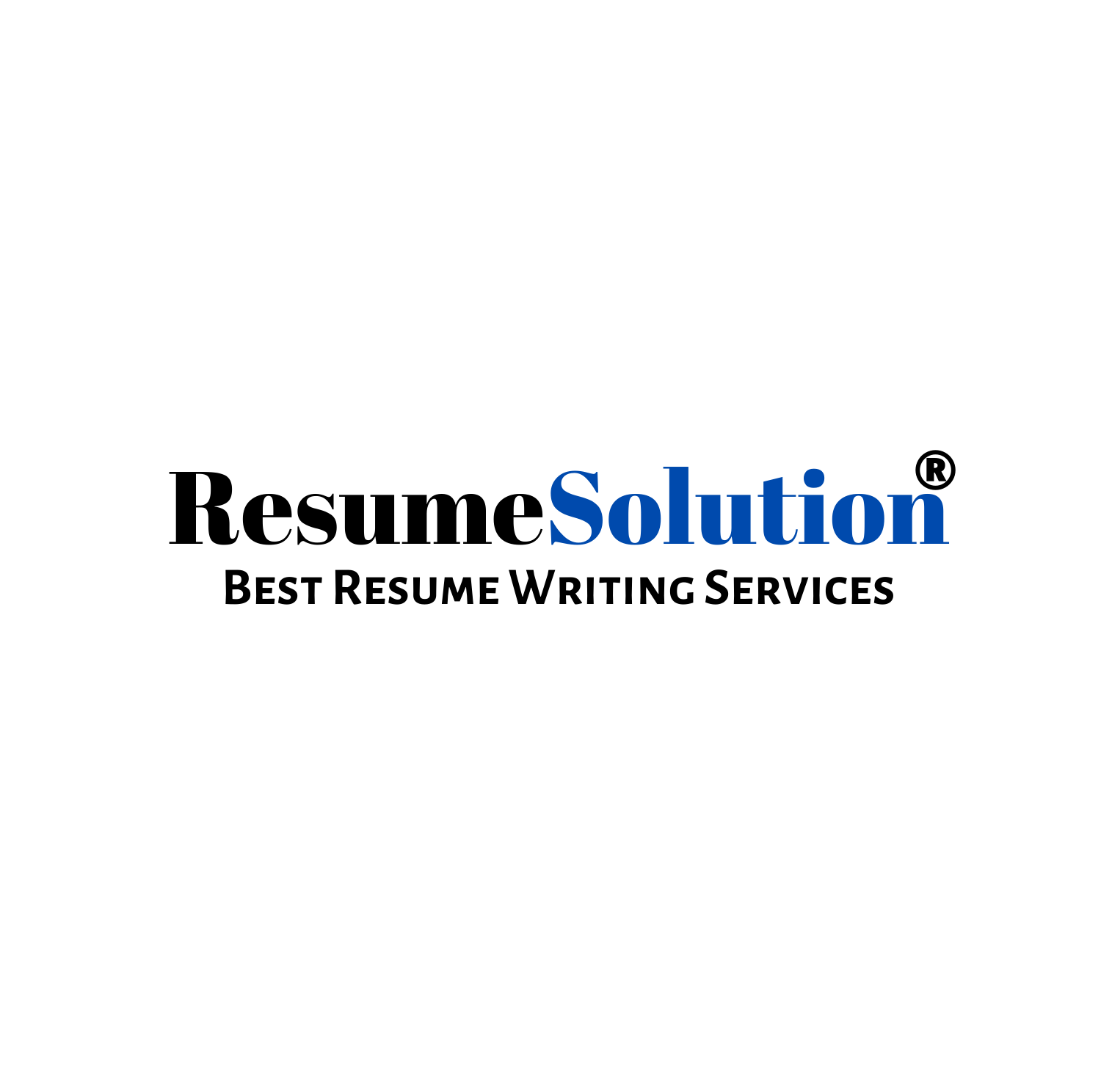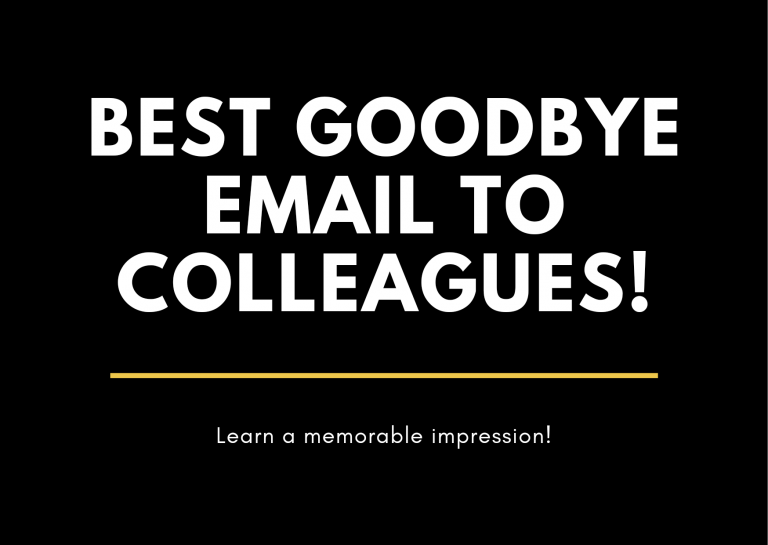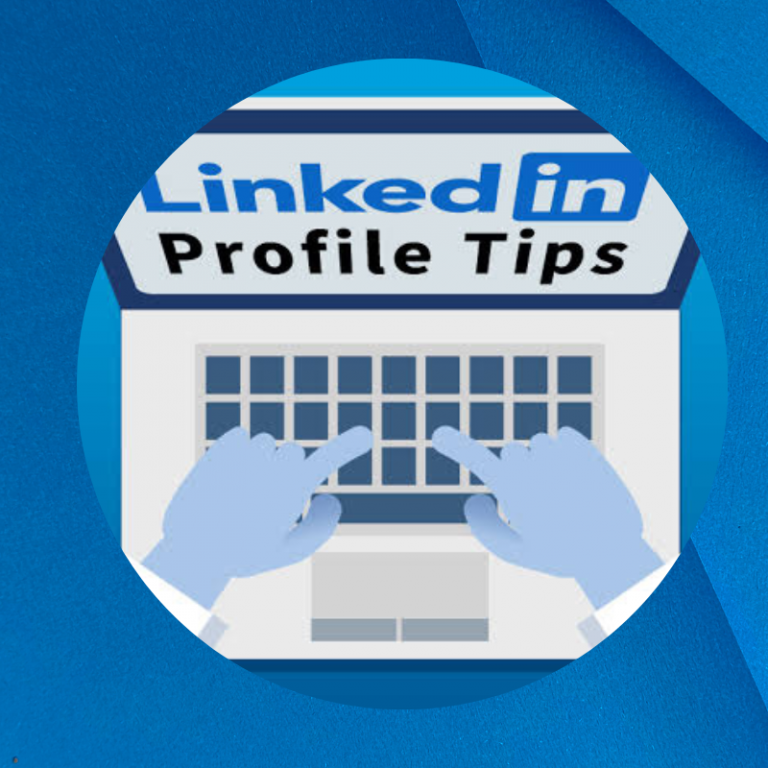The Best criteria to write simple cover letter
A simple cover letter is a tool for expressing your enthusiasm for the position, commitment to the business, and the influence you’ve had in past roles.
Simple attractive cover letter
One page long and tailored to each application, simple cover letters should have a compelling introduction, pertinent skills and qualifications, and a strong conclusion with a call to action.
You have the chance to use your imagination at this early stage of the hiring process.
After all, personalization goes beyond simply changing the title and business name in every message you send to recruiters.
There are a few things you need before you can begin drafting your cover letter.
Simply but kindly address the recruiter or recruiting manager with this salutation.
Opener: Explain your interest in the position in a compelling introduction.
You can showcase a captivating writing sample that demonstrates your personality and ability to communicate ideas in your cover letter in addition to highlighting your abilities and qualifications.
Importance of cover letter
The simple cover letter hits all the right notes: It includes a space to give a brief summary of your experience, as well as a space to delve in-depth into the specific responsibilities at your current role. You also have the chance to describe the challenges you’ve mastered at previous roles, showing that you’re capable of facing any problem that comes your way.
We’ve already covered the importance of addressing how you’ll best execute a certain role in your cover letter.
According to the resumesolution, a job advice website, We don’t suggest droning on and on, but a concise story that highlights why you want to work for that specific company can really help you stand out.
Consider where your intense interest in a certain job opening originated if you are truly passionate about it. Next, briefly describe it to your hiring manager.
When applying for jobs, a cover letter is a document that is enclosed with your resume. It promotes your application and serves as a personal introduction. You must include a cover letter because it allows you to convince the company why you are the ideal candidate for the position. This is accomplished by emphasising relevant experience and talents; as a result, you should always write your simple cover letter with the job you’re applying for in mind.
Major instructions for writing cover letter
Cover letters, which should not be mistaken with personal statements for your resume, should enhance rather than repeat your resume. When it comes to the length of these documents, recruiters generally agree that the shorter the better. Cover letters should not be more than three to five short paragraphs on one A4 page.
To avoid getting flagged by spam filters when sending through email, place the text in the email’s body rather than as an attachment.
Unless specifically stated otherwise in the job advertisement, cover letters should always be included with applications.
It’s crucial to conduct research before creating your cover letter.
While carefully reading the job description is important, it is frequently insufficient. Keep your cover letter succinct, while making sure to highlight your suitability for the position.
Categories of simple cover letter
It can be divided into the following categories:
First paragraph – Your purpose for drafting the letter should be stated in the opening sentence. Include the position you’re applying for, where you saw it advertised, and the start date in your first sentence.
In the second paragraph, emphasise relevant experience and show how your skills correspond with the job description’s specific requirements. Include any extra qualities and describe how they might help the business.
Third paragraph: Explain why you are qualified for the position, what drew you to this line of work, why you want to work for the company, and what you can contribute to the group. This is an excellent chance to demonstrate your familiarity with the business.
The final paragraph is where you should wrap up your letter. Indicate your desire for a personal interview and reiterate your interest in the position. You should now mention any dates that are unavailable.
Once finished, read the text again and delete any extraneous words and sentences. Don’t repeat information that is in your resume just to fill space. Generally speaking, you should only include your wage history or future expectations if the company specifically requests it in the job description. Put this material between the third and last paragraphs if prompted to do so.
Last step
Save your document with a.PDF file extension to ensure that it can be opened and read on any computer, unless the job posting specifies otherwise (for instance, it may ask you to submit your resume and cover letter as a Word document). Because Windows Computers use the.docx file extension and Macs use the.pages file extension, they don’t always get along, so if the hiring manager is using the opposite system, they might not be able to open your file. This problem should be resolved by using a.PDF file extension.






